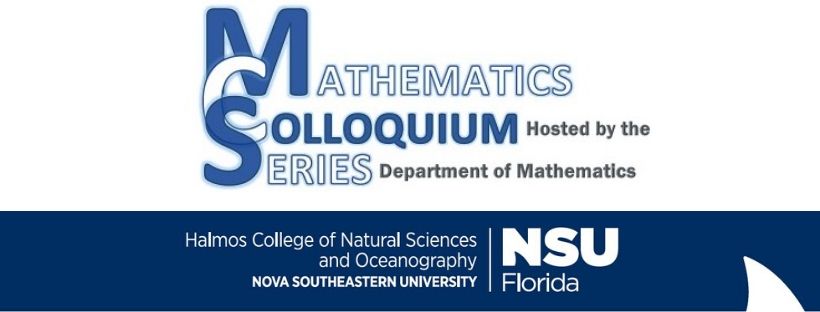Mathematical Modeling in Biomedical Applications: From respiratory health to brain networks
Description
Mathematical modeling has become one of the most used tools in biomedical applications. Health "in silico" representation facilitates the comprehension of many physiological mechanisms operating behind medical conditions and help biomedical researchers and engineers to narrow the space of possibilities to consider for a more detailed analysis. Thus, leading to a considerable saving of resources, times and an increase in efficiency in engineering solutions. In this presentation, different modeling techniques (Statistical modeling, systems of non linear ODE, and graph theory and networks) are applied to address conditions associated with environmental biometeorology and respiratory health (asthma and upper respiratory tract epidemics), and a central nervous condition (epilepsy) origination. Noteworthy, in the case of asthma, it resulted in a potential biomedical engineering extension, that involves wearable devices for tracking weather and health conditions affected by asthma. Projects to be presented benefited from undergraduate students interested in doing research at out institution, and from partnerships with Florida Asthma Coalition, the Department of Health of Florida and the Department of Biomedical Engineering at FIU. These ongoing projects are intended also to build a gateway for further collaboration with other institutions.
Date of Event
April 19
Location
Mailman-Hollywood Auditorium 2nd Floor

Mathematical Modeling in Biomedical Applications: From respiratory health to brain networks
Mailman-Hollywood Auditorium 2nd Floor
Mathematical modeling has become one of the most used tools in biomedical applications. Health "in silico" representation facilitates the comprehension of many physiological mechanisms operating behind medical conditions and help biomedical researchers and engineers to narrow the space of possibilities to consider for a more detailed analysis. Thus, leading to a considerable saving of resources, times and an increase in efficiency in engineering solutions. In this presentation, different modeling techniques (Statistical modeling, systems of non linear ODE, and graph theory and networks) are applied to address conditions associated with environmental biometeorology and respiratory health (asthma and upper respiratory tract epidemics), and a central nervous condition (epilepsy) origination. Noteworthy, in the case of asthma, it resulted in a potential biomedical engineering extension, that involves wearable devices for tracking weather and health conditions affected by asthma. Projects to be presented benefited from undergraduate students interested in doing research at out institution, and from partnerships with Florida Asthma Coalition, the Department of Health of Florida and the Department of Biomedical Engineering at FIU. These ongoing projects are intended also to build a gateway for further collaboration with other institutions.



Presenter Bio
After 10 years serving at the Department of Theoretical Physics in the University of Havana, Cuba, the School of Science, Technology, and Engineering Management of St. Thomas University hired Dr. Quesada. He has been teaching in areas of Physics and Mathematics, where he also does outreach and mentorship for undergraduate research. He has been in Academia for 23 years. His research focuses in the application of methods of Mathematical Physics and Complexity in subjects from Biophysics to Condensed Matter Physics. Relevant research interests include: Biometeorology of respiratory disorders, biophysical models of asthma, high temperature superconductivity, and Josephson junctions for quantum computing.